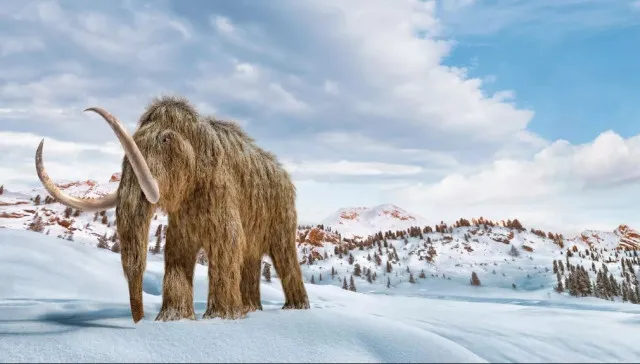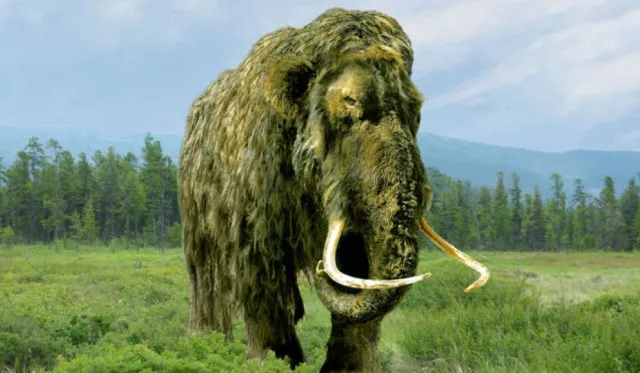A scientist claims woolly mammoths might return by 2028 due to groundbreaking genetic research aimed at de-extincting the ancient species.
The quest to de-extinct Woodly Mammoths
Recently, Ben Lamm, the founder and CEO of Colossal Biosciences, has announced plans to bring Woodly mammoths back to life.
He believes that it is highly likely these ancient creatures could return by 2028.
This ambitious project aims to revive a species that has been extinct for approximately 4,000 years.

The woolly mammoth is a fascinating animal that once roamed the earth during the last Ice Age.
Scientists continue to debate the reasons for their extinction.
Some argue they were hunted to death by early humans, while others believe they could not adapt to the warming climate of the earth.
Regardless of the cause, Lamm and his team are determined to unlock the secrets of bringing these magnificent creatures back.

Man declares woolly mammoths will be back by 2028
Colossal Biosciences is at the forefront of de-extinction research.
The company uses cutting-edge biotechnology to explore how to revive extinct species.
To achieve this, the team plans to use the DNA of woolly mammoths, which has been extracted from well-preserved specimens found in the Arctic.
They will combine this DNA with that of the Asian elephant, which is the closest living relative of the mammoth.
Asian elephants will serve as surrogates to carry the mammoth fetuses.

Lamm is optimistic about their progress.
He stated that the team is making significant advancements and is “on track” for a living mammoth by late 2028.
Importantly, Lamm emphasizes that the goal is not just to create a single mammoth but to establish a sustainable herd.
This requires careful consideration of genetic diversity to ensure the population can thrive in the wild without human intervention.

He says: “You need enough engineered and genetic diversity so you can create interbreedable, sustainable herds so you’re not just making a bunch of clones.
“You have to be very thoughtful in that process,” Lamm added.
“Rewilding of the species back into their respective environments with enough population genetics and diversity so that they can create sustainability without human managed care.”
A scientific approach to combating the extinction crisis
The Colossal Biosciences team comprises 145 scientists, with 17 focusing specifically on developing artificial wombs for mammoths.
Lamm believes that humanity has a moral responsibility to reverse the damage done to the planet and its species.
He argues that by using technology to bring back extinct animals, we can help restore ecosystems that have been disrupted.
He adds: “I feel like we as a species have a moral obligation to save species.

In addition to mammoths, Lamm has plans to revive other extinct species, including the dodo bird and the thylacine, also known as the Tasmanian tiger.
He sees these efforts as part of a broader mission to combat the extinction crisis facing many species today.
Current forecasts suggest that up to 50% of all biodiversity could be lost by 2050 if no action is taken.
“We are playing God every day when we cut down the rainforest, when we hunt the thylacines to extinction, when we kill the dodos off, right?
Early man and other anthropologic effects of early man are what drove mammoths to extinction.
“And so I think that we have a moral obligation to leverage technologies to kind of reverse the harm that we’ve done and stop the extinction crisis.
“If we do nothing, we will lose, it’s forecasted that we will lose up to 50 percent of all biodiversity between now and 2050 and that’s terrifying.”